Having a business plan and creating a website is not enough to guarantee success. Building trust, gaining credibility, and commanding authority in your industry are all prerequisites to thrive.
Without website credibility, you are at risk of losing leads and experiencing low conversion rates due to a high bounce rate of visitors who are uncertain whether they can rely on your business. But how do you develop website trust? Continue reading to discover some crucial aspects of building credibility and avoid common mistakes.
Demonstrate Your Authority and Inspire Trust and Confidence Through Content
According to Ahrefs, 60% of marketers report that content generates leads and builds customer loyalty, and 70% find it helpful to educate their audience. Informational content shows that you offer expertise in your industry. Strong content also demonstrates the quality of your goods and services, which helps you gain the loyalty of your customers and surpass your competitors. Here are some of our most essential tips to help you create content that will demonstrate your confidence and command authority.
Showcase Expertise in Your Industry

You don’t need to be a huge brand for consumers to trust your site. In some cases, it is as simple as highlighting your professional qualification. You can do this by including a well-written author bio on your site.
If you are working with other industry experts, you can also list their qualifications to showcase their projects and the companies they have helped through the time they have worked with you.
Provide Answers
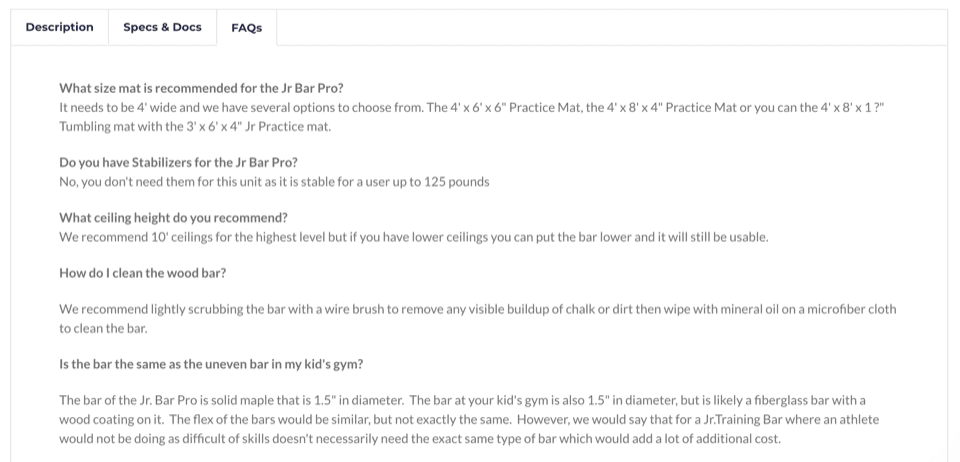
You can only provide answers to the questions your audience is searching for by thinking from their point of view. Your content marketing strategy should focus on optimizing content concerning search intent.
Once your website is optimized to answer users’ queries directly, website trust will increase among your users because they readily find the information they need whenever they visit your site. Providing specific answers to the most commonly asked questions in Google searches will help your readers view you as a credible source for their questions.
Use Case Studies

Not all site owners use case studies to build their website credibility. This may be because they are unsure which data to present. However, it doesn’t have to be complex. Simply choose a few of your most satisfied customers and explain exactly how you met their needs. Include hard numbers wherever possible to quantify the value you provided.
When using case studies, ensure you have permission to use the presented data. Make sure to give credit where it is due. Case studies show how using your service or product helped solve your customers’ problems. Potential new customers with similar issues will be motivated to try it if they hear real-life success stories.
Try Different Formats
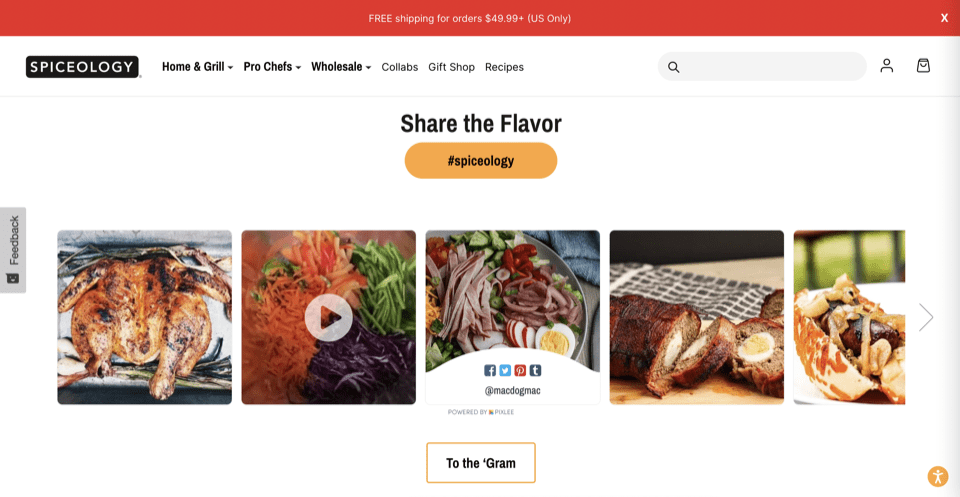
To create website trust, your content should contain more formats than just text. Auditory and visual formats can help build trust among your audience. Visuals increase engagement and shares, unlike large blocks of words, which are a turnoff to most readers. Incorporate unique and high-quality visuals always in any piece of content you create. The Google algorithm also ranks content with visuals higher than content without any. Some of the visual elements that work well include tables, charts, and graphics. Visual elements like images enhance user engagement, and higher levels of engagement can contribute to the growth of your website’s credibility.
Auditory formats also add interest, increasing engagement and better readability. This kind of content can include YouTube and Instagram videos showcasing how to use products and the results you can expect from them.
Use SEO

SEO results take time to build, but they are worth every effort. Some SEO best practices to build authority include link building and creating high-quality content through keyword optimization. High-quality content will attract backlinks from high-authority websites in your niche. Links from such sites increase the credibility of your website. Internal links also add value by pointing the reader to more information on your site, increasing your site’s credibility.
Create Powerful Headlines

It is difficult for searchers to ignore powerful and intriguing headlines, but creating them can be easier said than done. The four qualities of powerful headlines are uniqueness, urgency, usefulness, and specificity.
Mastering the art of creating such qualities will not only lead your audience to click on your site, but they are also more likely to share the content. Besides incorporating these four qualities, you can include keywords and other phrases that increase the reader’s curiosity.
Stick With What Works
When it comes to your marketing strategy, you already know many of the industry’s best practices. If it ain’t broke, don’t fix it! Use analytics to determine the effective strategies you and your competitors are already doing, and keep doing them to replicate past success without beginning from scratch. For instance, you can identify keywords that your competitors are using to rank successfully and begin targeting them.
Use the Element of Surprise
The element of surprise evokes emotion. Emotion and going viral are closely related. Content that engages with your customers’ emotions is likely to market itself, building website trust with little effort. You will typically want to use the element of surprise in ways that evoke happiness to boost your website’s credibility.
Top 8 Mistakes to Avoid When Designing a Website
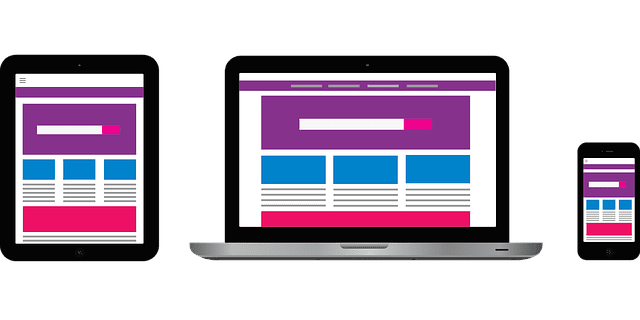
Design and aesthetics will make or break your site. Website visitors form opinions immediately after they land on your website pages; whether they’re satisfied or not will determine whether they remain on your site. You cannot overlook the importance of creating a great first impression.
As a website owner, you may not be personally equipped to create an easy-to-use site on your own. Seeking the help of a web design company may be your best shot. With professional web designing services, you are more likely to gain high website credibility by avoiding common mistakes you might not be aware of. All of these errors are avoidable, and dodging these pitfalls will help you maintain high conversion rates and enjoy increased time spent on your pages and greater visitor engagement.
Use of Obsolete Designs

Old, template, and obsolete designs put the credibility of your website in question. Visitors will likely leave instantly if they notice a poor user interface design. Technology changes quickly, so you always need to strive to stay ahead of the curve. Consider upgrading to a new design every five years. Also, avoid template designs because they can give an impression of poor professionalism and affect your audience’s trust in your website.
Poor Navigation
Even if you feature high-quality content and visuals on your site, ease of navigation will determine whether visitors will stay. When a visitor experiences difficulty in exploring your website’s pages, they will consider trying other alternative sites. Invest time and effort in designing an engaging page layout with all the elements well organized to give your visitors a better browsing experience. This strategy will increase your conversion rate, improving the website’s credibility.
Poor Image Selection and Usage
Selecting unauthentic stock images for your website can lower your credibility because it is a turnoff to most visitors. Poor selection of images also misrepresents your brand, compromising your website’s credibility.
Therefore, only use high-quality images authentic to your brand, products, and workplace. The number of images should also be limited to avoid overwhelming the visitors to your site.
Ineffective Calls-to-Action
Calls-to-action (CTAs) that are not persuasive will go unnoticed by your audience. Make sure your CTAs encourage users to click links, pay for a subscription, and, more importantly, place an order on your items. However, you should generally avoid intrusive pop-up CTAs and those with recurring messages, because they can be irritating to customers.
Sluggish and Unresponsive Sites
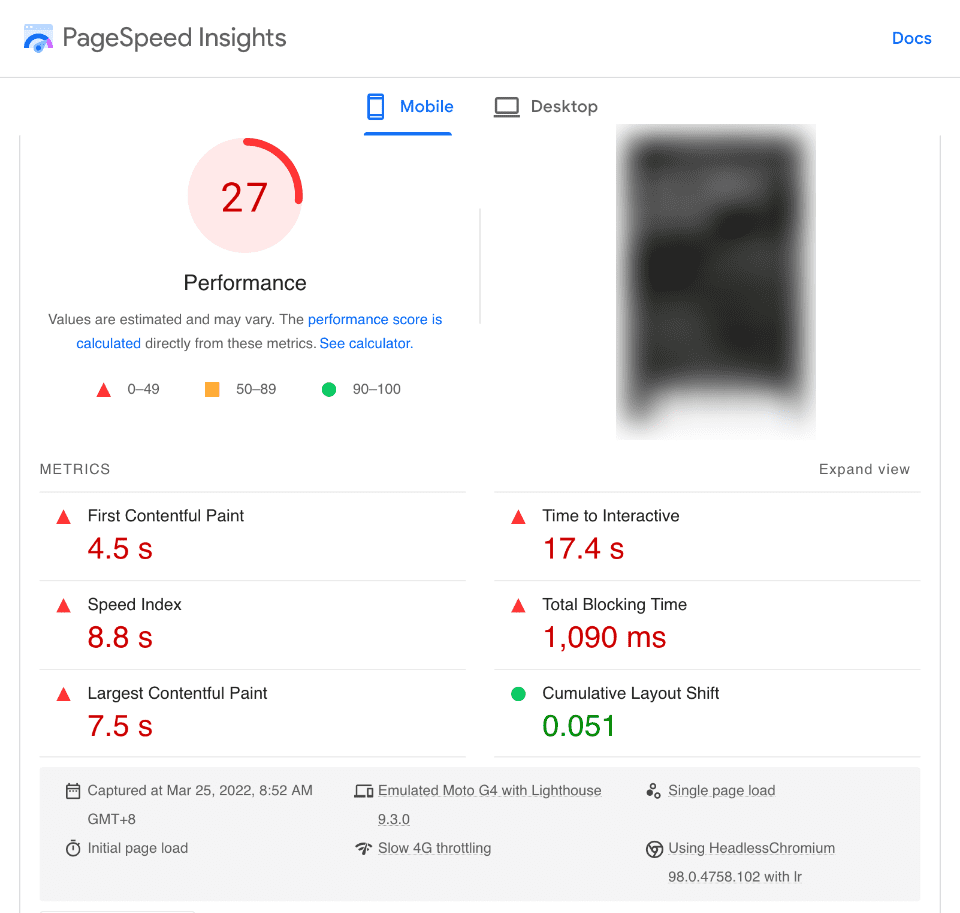
Slowly loading and unresponsive pages will make visitors abandon your site quickly. 40% of users will leave a site if it takes more than 3 seconds to load. Anything more than that is sluggish and needs to be fixed immediately.
Some of the causes of unresponsiveness and slow pages include broken links, heavy images, and too many plugins. These factors reduce a website’s credibility and can lower your conversion rate and site rankings.
As for responsiveness, ensure your site is optimized to run smoothly on different devices, including mobile, tablets, and laptops. Responsive design allows users to access your site on all different types of screens.
Poor Usage of Banners and Ads
Improper use of banners can make your site cluttered and distracting, and it may make it difficult for your visitors to quickly access the information they are looking for. In most cases, this arises from using large banners or adding too many banners on a single page.
Ads, just like banners, can also be a nuisance. Flashy pop-up ads can get in your visitors’ way and make it harder for them to get what they need from your site.
To enhance your website credibility, ensure that both banners and ads are properly sized and placed only in areas that do not inconvenience your visitors. These measures will improve user experience and keep your users on your site, keeping bounce rate low and conversion rate high.
Poor White Space and Content Usage
While content is the most crucial part of gaining website trust from your audience, it needs to be strategic. A pleasing proportion of text, visual elements, and white space makes your site engaging and attractive. However, excessive use of any of these elements will undermine the quality of the design.
For the content, ensure you use attractive and easily legible fonts. White space should balance the text adequately, without being excessive. You should also consistently update your content to replace outdated information to maintain the credibility of your website.
Excess Color and Activity
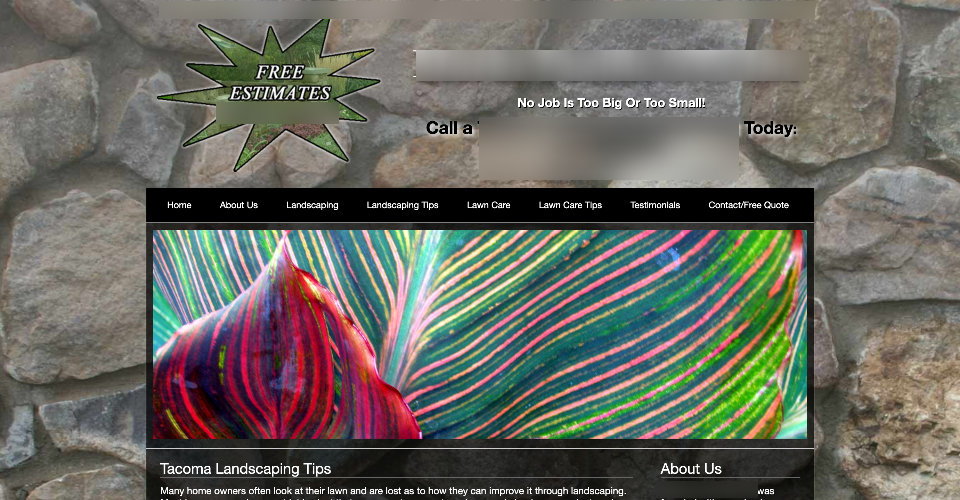
Color is very impactful on human psychology. Too much of it can distract visitors and cause them to leave your site. Stick to two or three colors or different shades of a single color for the best user experience. Color psychology may affect the level of activity on your site. Too much activity can be confusing, and for this reason, minimalist designs are a prevalent trend currently.
Therefore, choose wisely and be aware of the effect specific colors can have on your visitors. For instance, some colors like blue and green are calm and welcoming. Make sure to consider your target audience and how you want to make them feel and use appropriate colors to evoke those emotions.
Showcase Your Achievements and Be Transparent About Results
Showcasing results and accomplishments after the efforts of business yield is every business owner’s dream. But how exactly do you put this out for the world to see your triumph against your competitors?
There are many ways to showcase results as long as they are transparent. Some that you can employ without compromising your website’s credibility include.
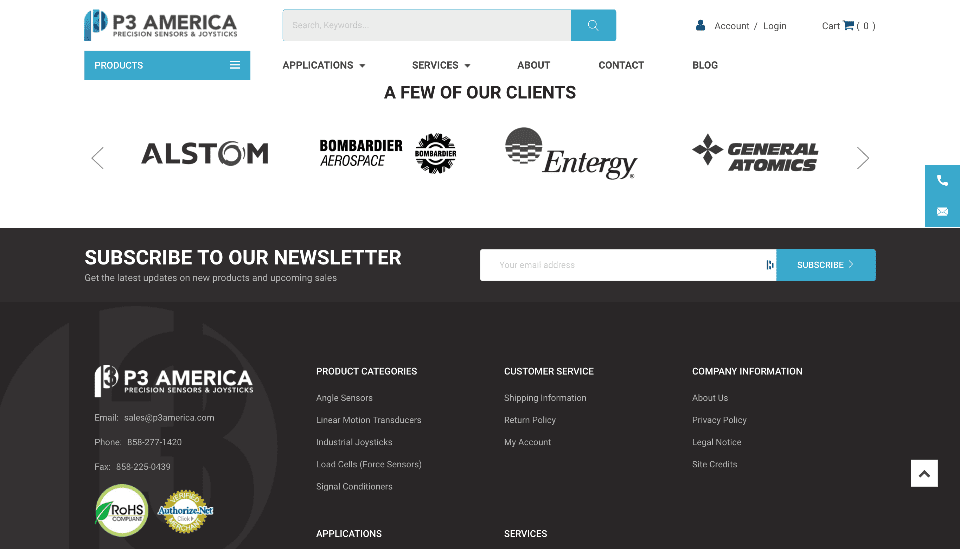
- Add the top awards your business has received to your portfolio.
- You can add the logos of businesses you have supported to your website.
- You can dedicate a page for customer reviews.
- User blurbs, testimonials, and reviews on your website will help gain website trust from other new users and encourage them to try your services or products. 72% of consumers report that they’re more likely to trust a business with positive customer reviews.
- You can create and publish case studies with data showing how your products and services can help solve users’ problems.
Website trust and credibility are among the most critical factors to help you command authority in your industry. The tips in this guide will keep you at the top of your game and grow your audience. Follow the BESTWEB blog to learn more web design best practices!

